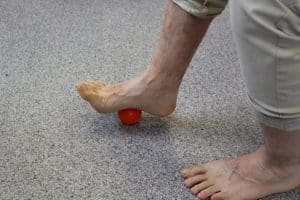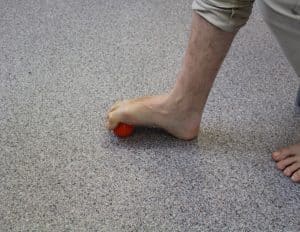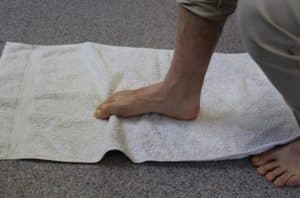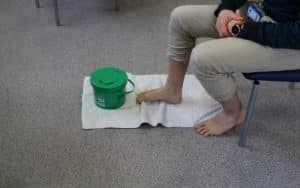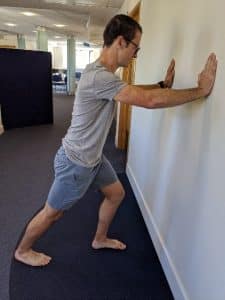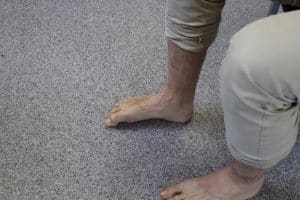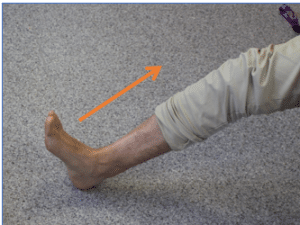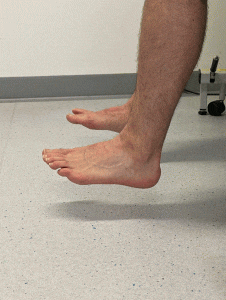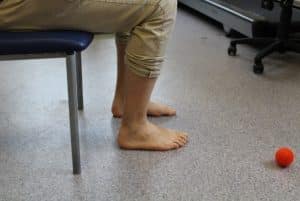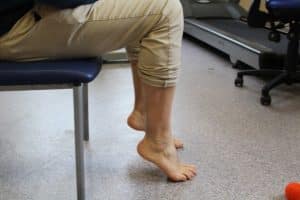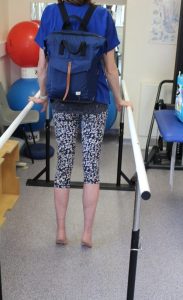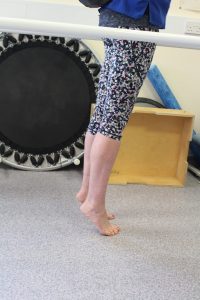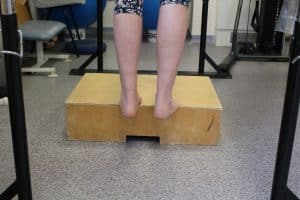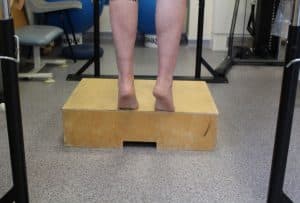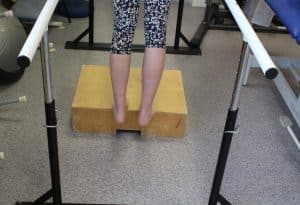Surgical Management
A release of the plantar fascia or gastrocnemius muscle are procedures used in management of chronic cases. Surgery is not an easy decision as may lead to an altered foot position afterwards.
There are risks to foot and ankle surgery:
Off-work: There will be a requirement to elevate your foot and rest non weight bearing then semi weight bearing.
Infection: The act of surgery is invasive which is also a risk to infection. In some cases, this can delay healing and will require antibiotic treatment.
Delayed Healing: If the blood supply is not so good or you have poor health this might affect healing time. Smoking has been shown to affect healing to bones and soft tissues.
Blood Clots: A small risk of developing a blood clot after foot surgery. Following the pre and post operative advice will help reduce this risk.
Scarring: Any type of surgery will leave a scar. Occasionally this can cause pain and irritation. If this happens, please discuss this with your consultant.
Swelling and Stiffness: The foot can swell as a response to surgery and as part of the healing process. It can take up to six months for swelling to completely settle in some cases. Although in some cases post-surgery there may be increased stiffness in the foot.
Numbness: Can exist in the surgical site if there has been disruption to a nerve.
Chronic Regional Pain Syndrome: Surgery can sometimes result in a swollen, painful and highly sensitive foot. This can be challenging to manage and often patients will be referred to the pain clinic for support.




